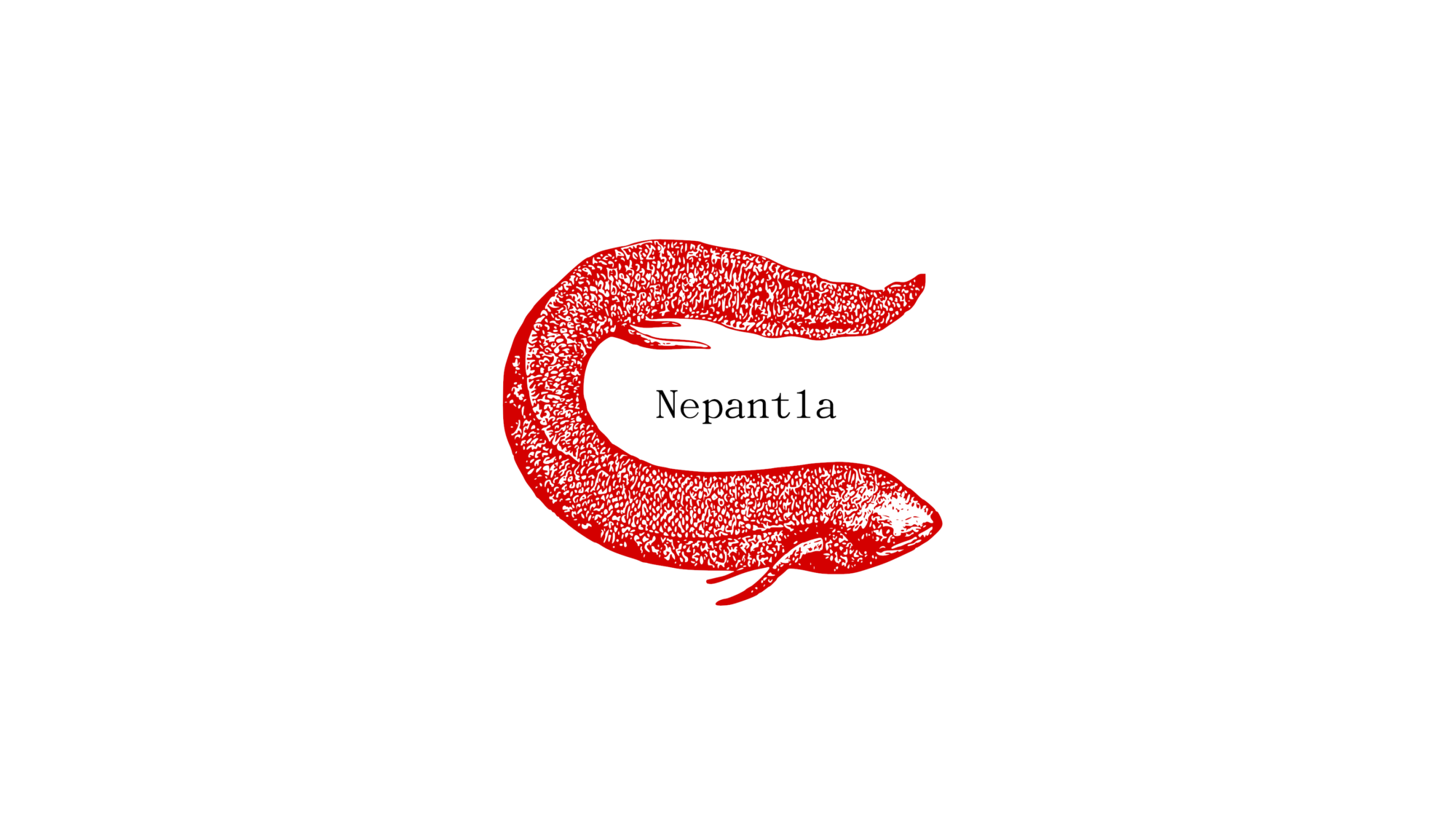* El siguiente breve ensayo es un ejercicio especulativo sobre la posibilidad de una estética metafísica surgida de la nueva crisis del virus COVID-19. No se desea disminuir su gravedad o aprovechar esto como una oportunidad para aprender cosas nuevas. Forum Nepantla considera al COVID-19 muy en serio.
La situación actual de COVID-19 ha inundado las redes sociales y tradicionales con imágenes inquietantes: bulevares desiertos, tiendas cerradas y autobuses vacíos. Las imágenes nos recuerdan éxitos de taquilla post-apocalípticos con algún héroe solitario deambulando por las calles de una metrópolis genérica abandonada. Sin embargo, estos escenarios no son reales, aunque las imágenes lo sean y los sentimientos que despiertan aún más.
Ausencia pasada
De repente nos enfrentamos con la imagen muy vívida de nuestra propia ausencia. Una descripción bastante real de un futuro sin nosotros de pronto parece posible. Se nos hace posible representarnos un mundo posible sin ninguno de nosotros, lleno de virus, bacterias, ruinas, árboles, autobuses vacíos, etc. El efecto de esta imagen es comparable al descubrimiento de los restos fósiles o al impacto de la teoría de la evolución. Como Meillasoux dice en su libro After Finitude, los fósiles y la evolución han cuestionado y sacudido la centralidad de los humanos en esta tierra. Los fósiles y la evolución muestran un futuro distante sin humanos en él. Muestran la autonomía ontológica de las cosas, animales, moléculas, plantas, planetas. Rompen la autoridad de los viejos sistemas metafísicos que afirman que la realidad depende de un sujeto que percibe.
Ausencia futura
Mientras que los fósiles representan un pasado distante sin humanos, las imágenes actuales de calles y ciudades vacías nos muestran un futuro posible sin humanos. Ray Brassier ha escrito sobre tales futuros en Nihil Unbound. Continuando con las ideas de Meillasoux, afirma que la autonomía ontológica de las cosas no es algo perdido en el tiempo. Además, es algo que puede volver a suceder con una futura extinción de la humanidad. Esto debilita aún más los grilletes de percepción subjetiva aplicados a la realidad por aquellos que Meillasoux y Brassier llaman correlacionistas. Lo que muestran Meillasoux y Brassier es que las cosas existen, y existen más allá de nuestra percepción y más allá de nuestra presencia.
La estética (y no tanto la realidad) del COVID-19 lo pone de manifiesto. Nadie duda de la existencia de calles y autobuses vacíos, nadie duda de la existencia de un cierto virus que deambula libremente por nuestras ciudades. Los sentimos al máximo y asociamos con ellos una extraña realidad de nuestra propia ausencia. En este punto, sin embargo, ocurre algo extraño. La estética del virus se transforma, adopta valores humanos y propiedades humanas. De pronto se manifiestan con él la oportunidad de fortalecer comunidades, redescubrirnos, cantar en los balcones y solidarizarnos. Esta estética cultural revela dos puntos: primero, la fuerza de los humanos contra las adversidades, y segundo, la tendencia metafísica de negar la autonomía ontológica de las cosas. A continuación deseo discutir este segundo punto.
Viejos hábitos
Nada hace que la tendencia metafísica mencionada arriba sea más evidente que el siguiente comentario: el distanciamiento social y la cuarentena le dan al planeta un nuevo aliento. Aquí se cruzan dos crisis: el COVID-19 y el cambio climático. Ambos representan un posible futuro sin humanos. Ambos despiertan la sensación de ausencia. Percibimos que esta ausencia parece estar estrechamente relacionada con la existencia y la realidad de nuestro planeta. Proyectamos nuestra propia desaparición en la biosfera y en todo el planeta. En el caso del COVID, proyectamos nuestra propia fragilidad, nuestra propia incapacidad para respirar en el planeta. Sin embargo, la tierra no es tan frágil, y la vida en la tierra en general no está amenazada por la contaminación, nosotros sí. Lo mismo ocurre con el cambio climático.
COVID-19 es una situación grave que nos enfrenta con el pensamiento de nuestra propia ausencia, lo que sin embargo refuerza de inmediato nuestras propias tendencias para unir nuestra existencia con un cosmos unitario. Sin embargo, esta tendencia no está fundada. Extrapola un evento temporalmente local y lo universaliza. Esto le da a la crisis COVID-19 una dimensión de cataclismo. Ésto es lo que provoca un pánico global irracional. Sin embargo, no necesitamos pánico. Necesitamos mantener las cabezas frías y evaluar seriamente la situación, necesitamos una consideración equilibrada de una situación grave combinada con la cooperación interpersonal e interinstitucional.










